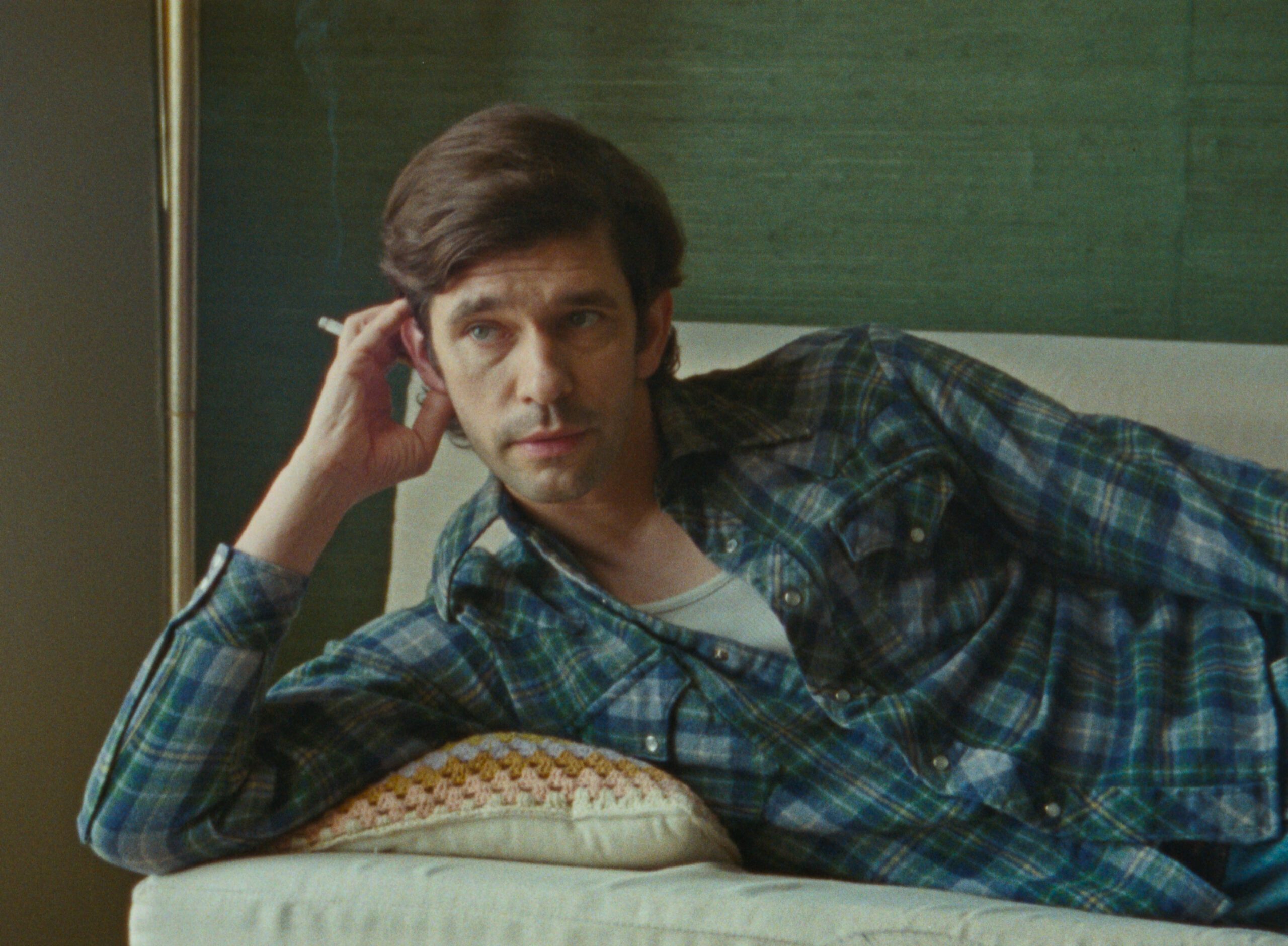Director Ira Sachs’ latest film, “Peter Hujar’s Day,” explores the intersection of creativity and everyday life through the lens of a poignant conversation between renowned portrait photographer Peter Hujar and writer Linda Rosenkrantz.
Inception of a Film
The journey of “Peter Hujar’s Day” began in an unexpected manner, as many significant artistic endeavors do. Sachs, known for his previous works such as “Passages” and “The Delta,” stumbled upon a recently unearthed interview between Hujar and Rosenkrantz that took place in 1974. This dialogue, which delves into the creative anxieties faced by artists, was later published as a book in 2022. The candidness of their conversation, which juxtaposes profound artistic struggles with the mundanities of daily life, struck a chord with Sachs.
Intrigued by the depth and authenticity of the dialogue, Sachs decided to reach out to Rosenkrantz via Instagram. His message marked the beginning of a collaborative journey that would eventually lead to the film adaptation. The decision to adapt this intimate conversation into a cinematic experience reflects Sachs’ commitment to exploring the nuances of human relationships and the creative process.
Character Dynamics
Portrayal of Peter Hujar
In the film, Ben Whishaw takes on the role of Peter Hujar, capturing the essence of the photographer whose work has left an indelible mark on the art world. Hujar was known for his striking portraits that often depicted the LGBTQ+ community, capturing their vulnerabilities and strengths with an unflinching gaze. Whishaw’s portrayal aims to encapsulate not only Hujar’s artistic vision but also his personal struggles and insecurities.
Linda Rosenkrantz’s Role
Rebecca Hall portrays Linda Rosenkrantz, the writer who engaged in the original conversation with Hujar. Hall’s performance is pivotal in illustrating the dynamic between the two characters. As a writer, Rosenkrantz serves as both a confidante and a sounding board for Hujar, facilitating a dialogue that reveals the complexities of creativity. The relationship between Hujar and Rosenkrantz is central to the narrative, highlighting how personal connections can influence artistic expression.
Thematic Exploration
“Peter Hujar’s Day” is not merely a biopic; it is a meditation on the nature of creativity itself. The film delves into themes of vulnerability, anxiety, and the interplay between personal and professional lives. It raises questions about what it means to be an artist in a world that often demands conformity and commercial success.
Creativity and Anxiety
The film poignantly addresses the anxieties that accompany the creative process. Hujar’s candid reflections on his fears and doubts resonate with many artists who grapple with similar feelings. The dialogue between Hujar and Rosenkrantz serves as a reminder that creativity is often fraught with uncertainty, yet it is this very uncertainty that can lead to profound artistic expression.
Everyday Life as Inspiration
Another significant aspect of the film is its exploration of how everyday life can serve as a source of inspiration. Sachs emphasizes the importance of the mundane in the creative process, illustrating how the simple moments of daily existence can fuel artistic endeavors. This theme is particularly relevant in today’s fast-paced world, where the pressure to produce can overshadow the beauty found in ordinary experiences.
Visual and Cinematic Style
Sachs employs a visual style that complements the film’s themes. The cinematography captures the intimate moments shared between Hujar and Rosenkrantz, creating a sense of closeness that draws the audience into their world. The use of natural light and soft color palettes enhances the emotional resonance of the film, allowing viewers to connect with the characters on a deeper level.
Soundtrack and Atmosphere
The film’s soundtrack also plays a crucial role in establishing its atmosphere. The carefully curated selection of music underscores the emotional weight of the narrative, enhancing the viewer’s experience. Sachs has a keen ear for sound, and the auditory elements of “Peter Hujar’s Day” contribute significantly to its overall impact.
Reactions and Reception
Since its release, “Peter Hujar’s Day” has garnered attention from critics and audiences alike. Many have praised the film for its sensitive portrayal of the artistic process and the complexities of human relationships. The performances of Whishaw and Hall have been particularly highlighted, with critics noting their ability to convey the emotional depth of their characters.
Audience reactions have also been overwhelmingly positive, with many viewers expressing a sense of connection to the themes explored in the film. The portrayal of creativity as a deeply human act resonates with those who have experienced the joys and struggles of artistic expression. The film serves as a reminder that creativity is not solely about the final product but also about the journey and the relationships that shape it.
Broader Implications
The film’s exploration of creativity and anxiety is particularly relevant in today’s cultural landscape. As the world becomes increasingly focused on productivity and success, the pressures faced by artists can feel more pronounced. “Peter Hujar’s Day” serves as a counter-narrative, emphasizing the importance of vulnerability and authenticity in the creative process.
Moreover, the film highlights the significance of community and connection in fostering creativity. Hujar and Rosenkrantz’s relationship exemplifies how collaboration and dialogue can lead to richer artistic expression. In an era where individualism often reigns supreme, the film advocates for the value of shared experiences and mutual support among artists.
Conclusion
“Peter Hujar’s Day” is a testament to the enduring power of creativity as a human act. Through the lens of a heartfelt conversation between two artists, the film explores the complexities of artistic expression, vulnerability, and the beauty found in everyday life. Sachs’ adaptation of Hujar and Rosenkrantz’s dialogue invites audiences to reflect on their own creative journeys and the relationships that shape them.
As viewers engage with the film, they are reminded that creativity is not a solitary endeavor but a shared experience that thrives on connection, authenticity, and the courage to embrace one’s vulnerabilities. “Peter Hujar’s Day” stands as a poignant reminder of the transformative power of art and the human spirit.
Source: Original report
Was this helpful?
Last Modified: November 9, 2025 at 4:39 am
1 views















